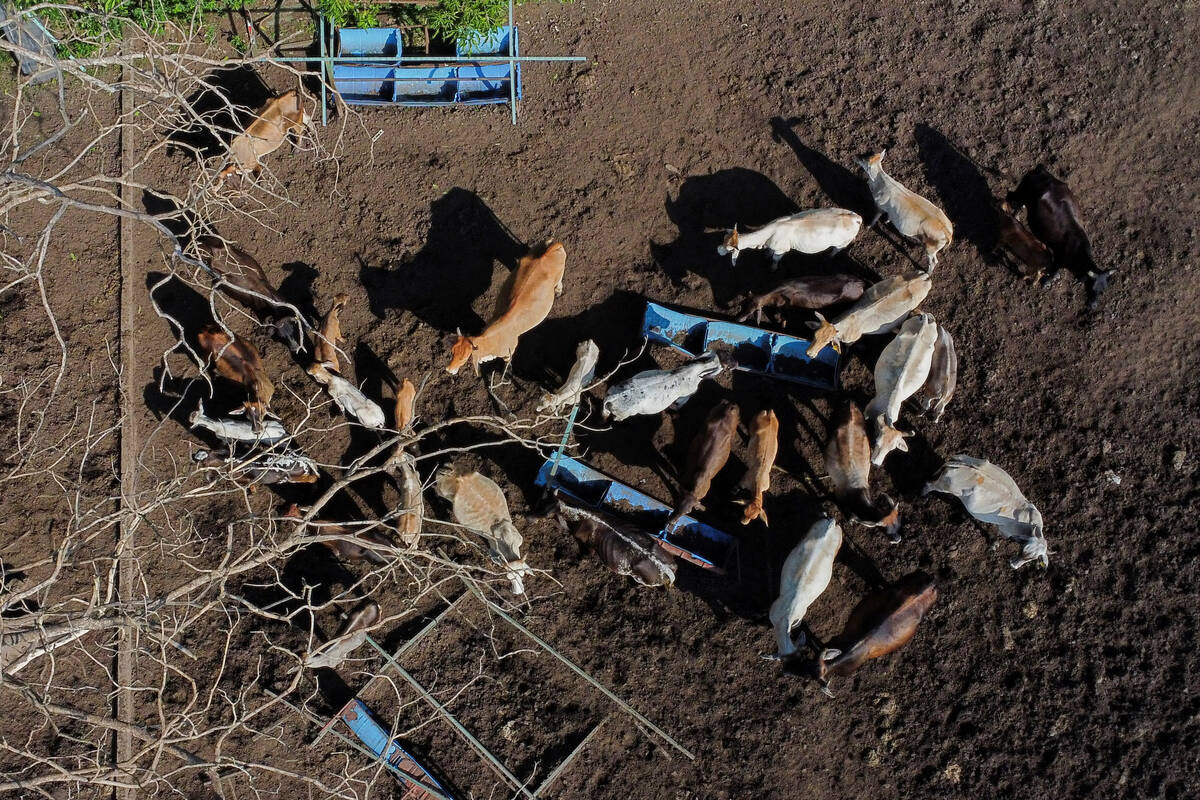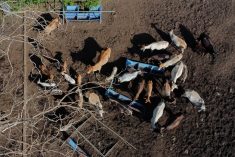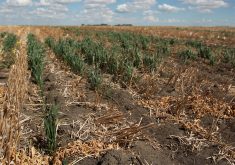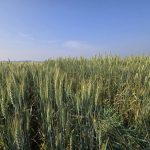A flower used for insect control scored well in recent research, but results weren’t good enough to justify growing painted daisy in Saskatchewan.
University of Saskatchewan researchers grew, harvested and analyzed the pyrethrin concentration of two pyrethrum species from 1996 to 1998. Pyrethrum has been cultivated for its insecticidal properties since 1828. The insecticidal components of commercially produced pyrethrum plants are worth more than $1.4 billion worldwide.
Of the two species, only the painted daisy overwintered without losses.
“The pyrethrin concentrations varied widely, with some selections exceeding 42 percent, higher than that reported from Australia or Kenya, the major producers of pyrethrum today,” said Karen Tanino, an associate professor in the plant sciences department.
Read Also

Cattle smuggling worsens outbreak in Mexico
Cattle being smuggled across Mexio’s southern border are making a screworm outbreak much more difficult to control.
“This result adds to the growing evidence that our environment enhances phytochemical components in crops.”
The total floral yield, however, was about half that of Australia, prompting researchers not to continue the examination of pyrethrum as a potential crop for Saskatchewan.
Researchers said Saskatchewan has advantages but more research is needed to make pyrethrum a financially viable crop.
Pyrethrum advantages:
- Rapid action, broad-target range.
- Strong safety profile.
- Low mammalian toxicity.
- An extensive list of registrations.
- Consumer and formulator confidence.
- Rapid breakdown in air and light, which is an advantage for use in food handling, hospitals, food storage, vector control and veterinary uses.
Pyrethrum: An Outlook for Saskat-chewan can be found at Saskatchewan Agriculture’s website or by telephoning 306-787-5150 in Regina.














